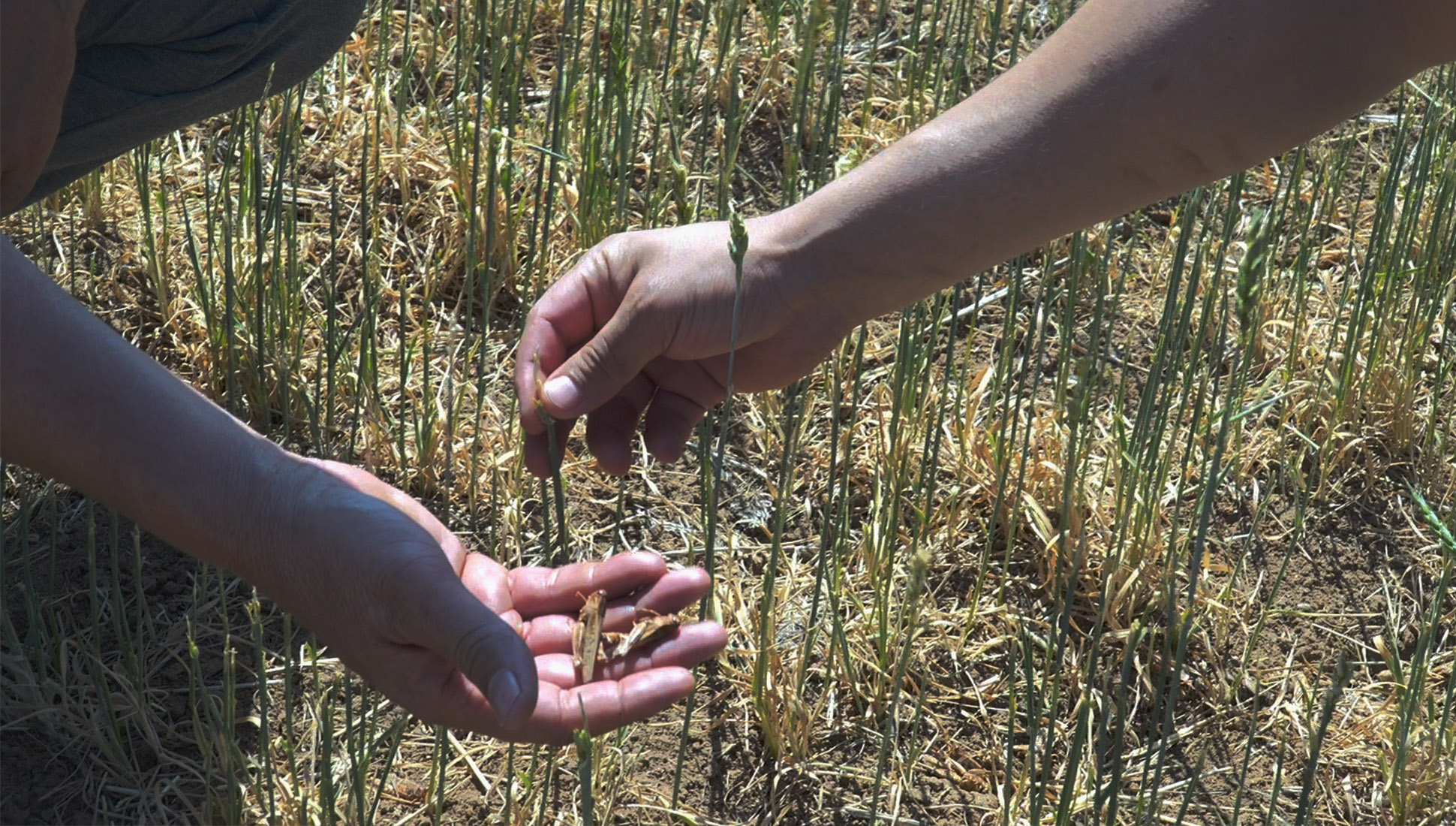
The controversy around the area of locust damage continues to roam the information field. Officials say one thing, while farmers and bloggers say another. To clarify the situation, the World of NAN editorial staff traveled to Kostanai region.
We did not manage to get to the peak of the pest infestation, but we were able to see the consequences of this disaster. There are few fields where crops have been eaten to the ground. However, the panic of farmers can be understood, because the scene they saw was horrifying.
"The locusts came on June 30. The first pictures we saw were of an invasion. The locusts were 50-70 meters high and several kilometers wide. On the third day of observation we made measurements, a barrage of locusts went ten kilometers wide. Now the situation is different, the locusts have already gone farther away," shared with us the head of Koshkodan farm Sergei Ivanovich.
At the same time, farmers can't estimate the damage accurately, because locusts ate crops spontaneously and in different fields. The pests ate 50-100 meters deep into the fields. How much crop was lost will be known only after it is harvested.
"In many fields there will be a partial reduction in yield. The average person can say there is no loss, because it looks good, but we can say the damage only after the harvest. Damage is different everywhere, it is impossible to judge now. According to my forecasts, I will lose one centner of yield for sure", - said Sergei.
It is worth adding that the farmers incurred additional financial costs. They had to spend large amounts of chemicals to save their fields. For example, in the farm "Koshkodan" the costs increased three times. The only positive moment in this situation is that local inspectors arrived on the spot immediately, reacted quickly and knew about the problem.
"Another thing, the equipment came only on the 2-3 day. We were given a gas generator, it worked for a week, it produces 400 hectares per day. And it worked for a day and broke down for a day. The organization is weak. We did more than 500-600 hectares per day with our own efforts. And only on July 8-9 an airplane arrived, which treated 1000 hectares. They also helped us with chemicals, they gave us 800 hectares," the farmer added.
Locust infestation on their fields was also observed in the farm "Almaz", which is located in the village of Bidayyk, Zhangeldy district. Here, on 10 thousand hectares they grow safflower, barley and wheat. Chief Agronomist Olzhas Raisov described the situation in the fields.
Locust invasion has not been observed in the region in the past 10 years, he said. When the first information about the pests arrived, specialists treated the entire area of the farm, but that didn't save the crops, the agronomist said.
"We have suffered 500-600 hectares. Usually the average yield in the fields was 5-6 centners per hectare. This year there were rains, I hoped for a good harvest. But it is already clear that the yield will decrease by another 1-2 centners. I heard that the Ministry of Agriculture reported about the damage on 500 hectares throughout the region. How is this possible when only 500 hectares of damage were recorded on our fields?", - O. Raisov is indignant.
The experienced agronomist assumes that the peak of locust spreading will be next year. Because the pests have had time to lay eggs. Therefore, it is not enough just to treat the fields. It is necessary to carefully inspect the whole territory next season when sowing and take appropriate measures, our interlocutor believes.
At the same time, according to O. Raisov, the critical situation could have been prevented.
"If the larvae had been detected early, it would have been possible to treat earlier and save the harvest. But now we see that on many plots there are only stems left. We've been chasing saigas away from morning to evening, and now we have another problem. We employ 35 people. There are no prices now, and if we don't get a harvest, how we will pay our salaries, I don't know," the farmer laments.
Serikbay Abylkayev, a representative of the Yerkebulan farm, said that the locusts completely destroyed 200 hectares of crops. There is damage in different areas. He shares his colleague's concern about possible locust activity in the next agricultural season.
"The pests have already laid their larvae, and I would like the Ministry not to miss the moment and react promptly next year," Abylkayev said.
The World of NAN editorial team visited several farms. According to the data collected from farmers, more than 2000 hectares were affected by locusts. And this is only in one district of Kostanai region. It is not known exactly how things are in the whole Kazakhstan. Naturally, locusts have not destroyed all areas, but the damage itself is quite devastating.
At the same time, in each farm we were told the same thing, that locusts have a periodicity of 11-12 years. Apparently, the Ministry of Agriculture did not know about it, that is why they allowed such an invasion. Farmers will have to suffer the consequences of their lapse for several years. Since the locusts have laid eggs, and next year they will be rampaging in all fields of the region. The main thing is that the Ministry of Agriculture should be prepared for next year and not try to hide the true picture again.
Смотрите больше интересных агроновостей Казахстана на нашем канале telegram,
узнавайте о важных событиях в facebook и подписывайтесь на youtube канал и instagram.



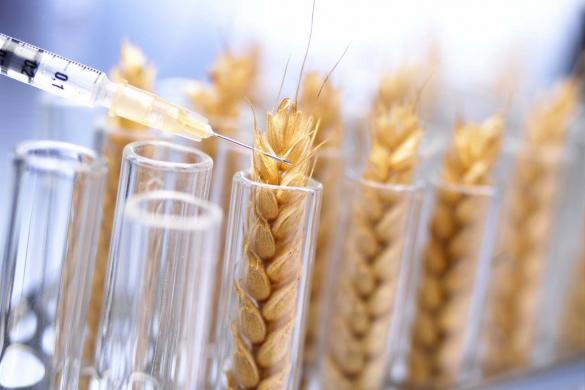
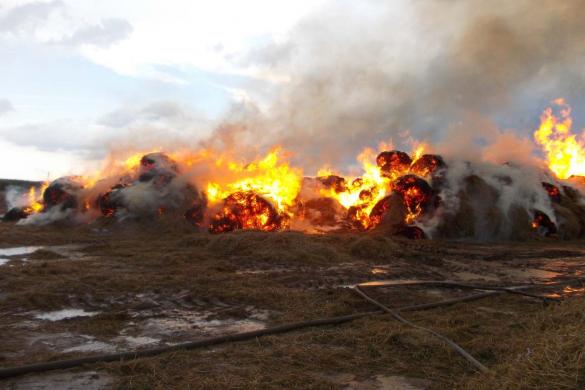
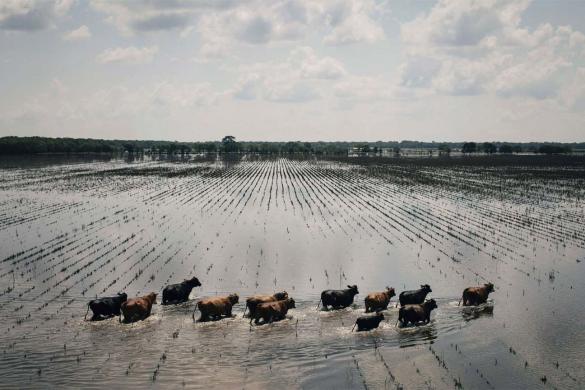












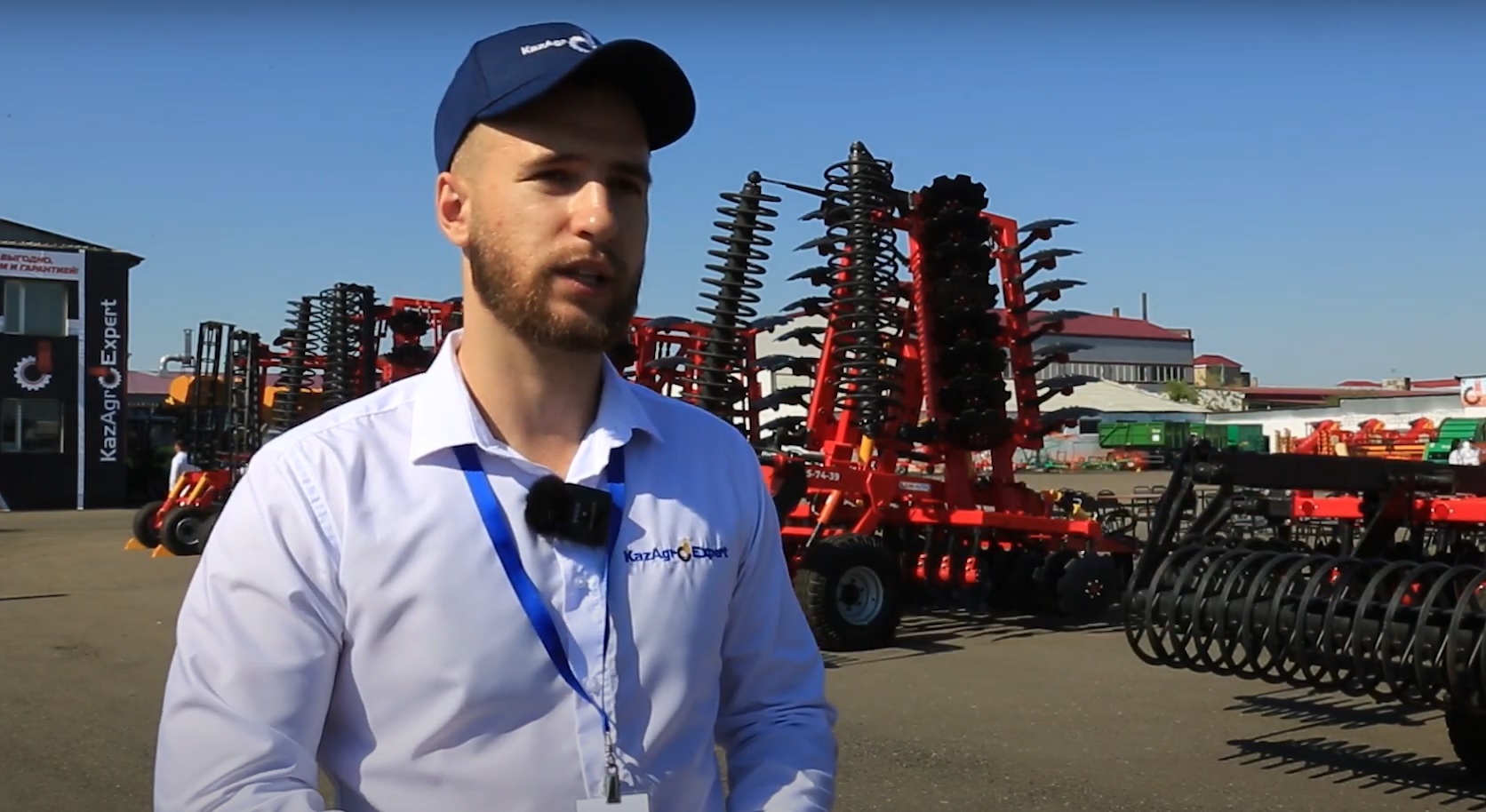


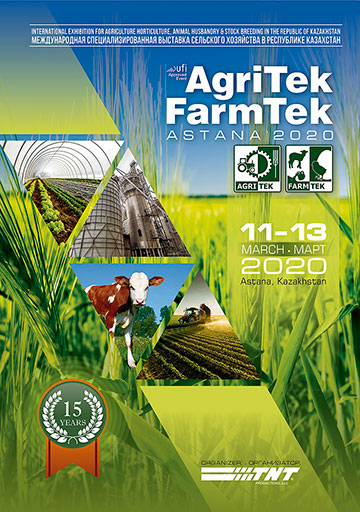




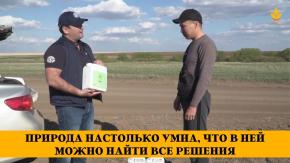

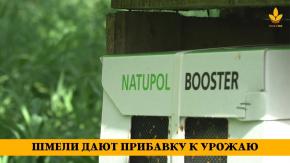



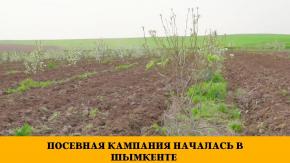








Обсуждение